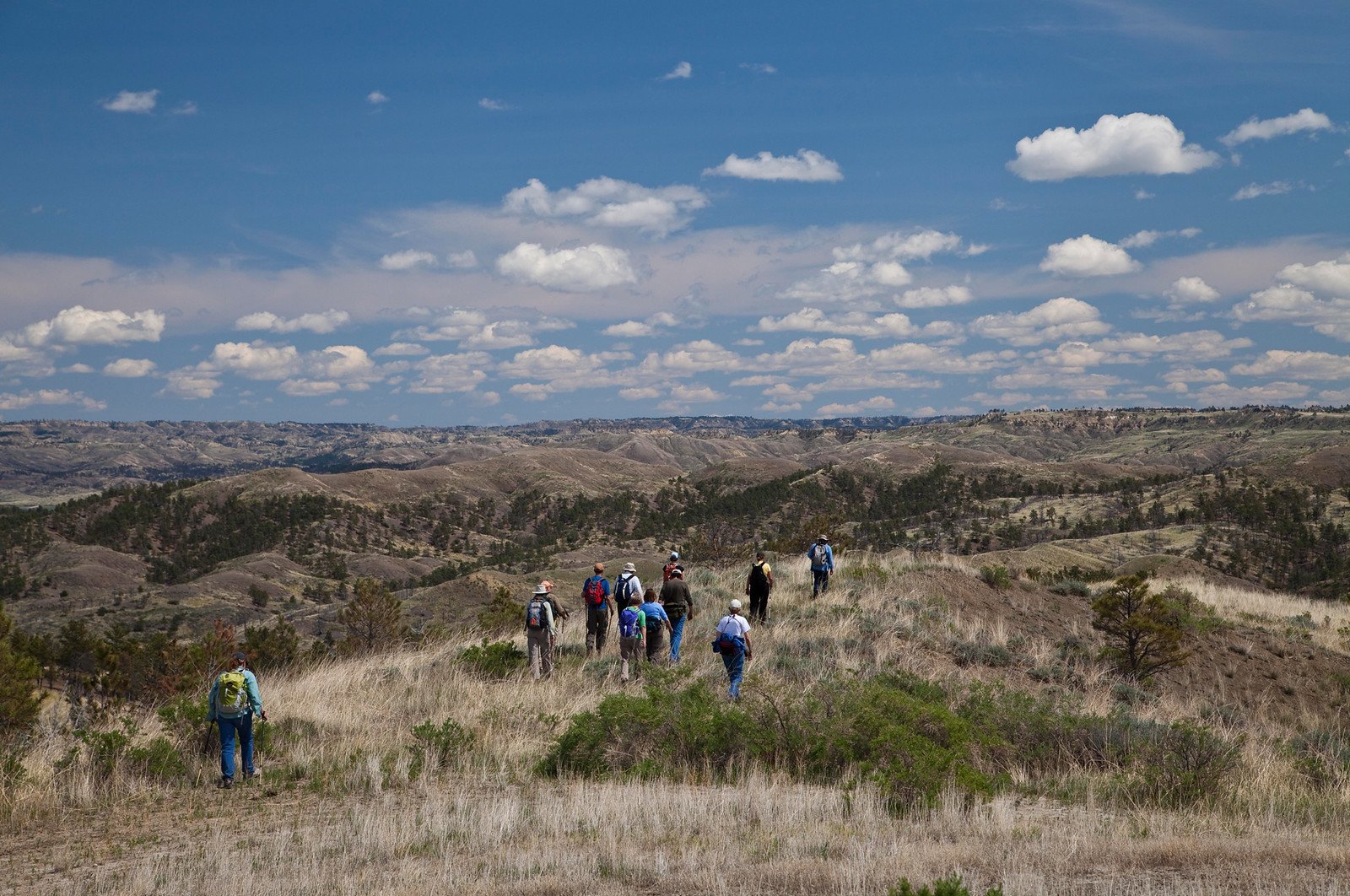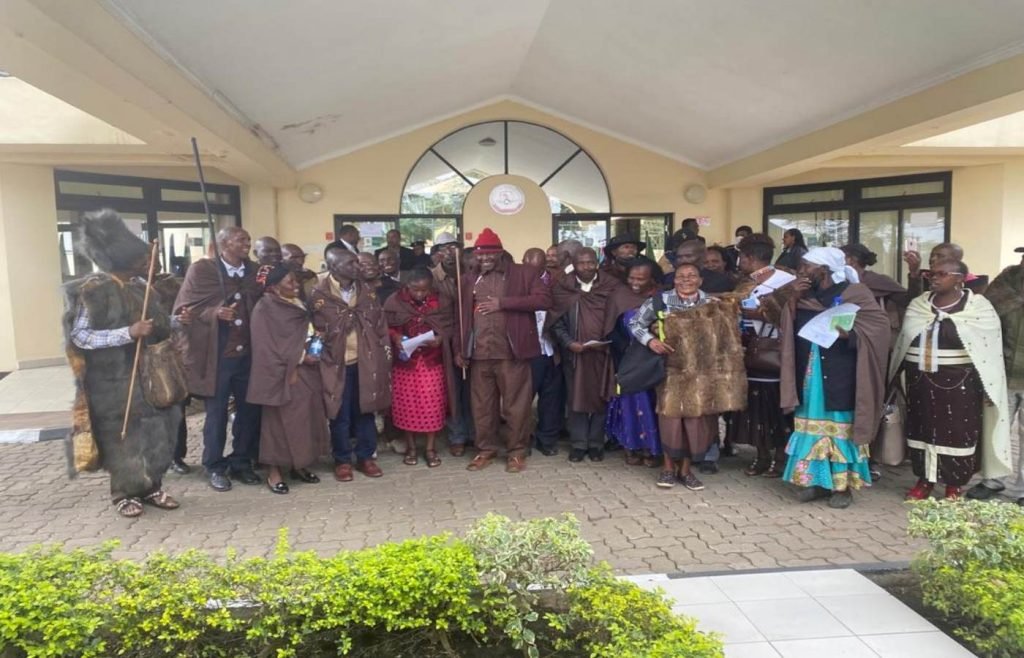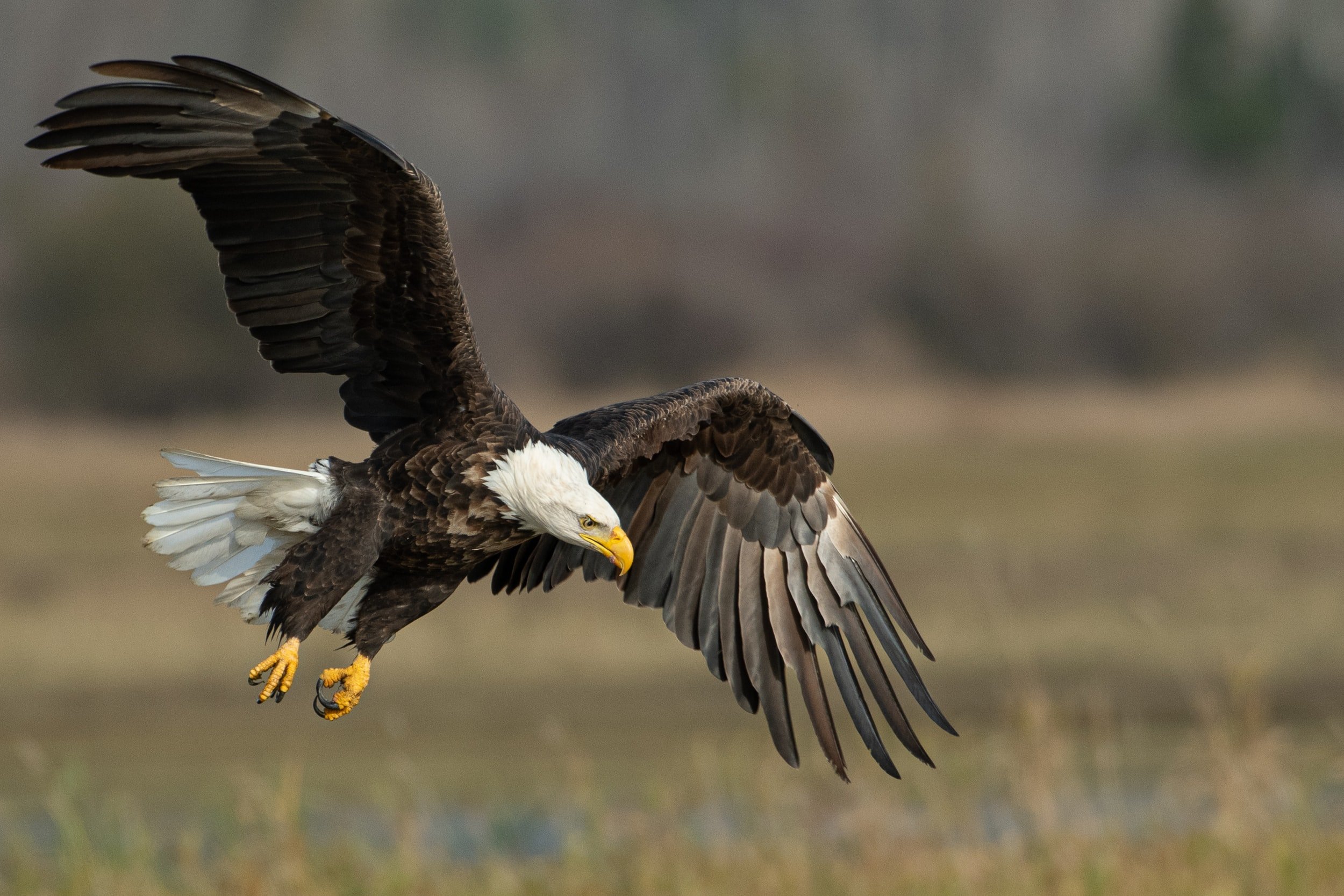WASHINGTON D.C. July 7th, 2020. In a press release from the Department of the Interior, Interior Secretary David Bernhardt underpinned the department’s decision to scrap a plan crafted during the Obama Administration to reintroduce grizzly bears into a part of north-central Washington state known as the North Cascades Ecosystem after enormous public opposition was raised to the idea.
“This announcement is welcomed by my constituents in Central Washington who have consistently shared my same concerns about introducing an apex predator into the North Cascades,” said U.S. Representative from the fourth district Dan Newhouse.
In 2015, the Department began reviewing the Grizzly Bear Restoration Plan for the North Cascades Ecosystem in February under the Obama Administration, but did so without comprehensive public involvement and engagement.
Beginning in 2017, the Department held numerous public meetings, Tribal consultations, and more than 70 stakeholder briefings, during which overwhelming opposition was received for the plan including almost 150,000 publically-issued comments during the public comment period.
While there are grizzly bears in North Cascades National Park, the vast ecosystem surrounding it likely void of the North American mega predator that can grow up to 1,200 pounds.
“The Trump Administration is committed to being a good neighbor, and the people who live and work in north central Washington have made their voices clear that they do not want grizzly bears reintroduced into the North Cascades,” said Sec. Bernhardt.
“Grizzly bears are not in danger of extinction, and Interior will continue to build on its conservation successes managing healthy grizzly bear populations across their existing range”.
PICTURED: A chunk of the North Cascades Ecosystem.
Needle in a Haystack
The vast North Cascades Ecosystem is a 9,800 square mile chunk of mountain range in north-central Washington state, with another 3,500 square miles of ground beyond the Canadian border.
In the U.S. portion of the mountain range, the last confirmed grizzly sighting was in 1996, while another comprehensive attempt at registering a grizzly sighting was carried out between 2010 and 2012.
Using barbed wire funnels and corrals to capture the hair of passing grizzly bears, biologists found no evidence of the animal in the American portion of the ecosystem. However they were only able to survey one fifth of the entire North Cascades range, and there are grizzly bears in the Canadian part.
One grizzly bear has been confirmed during the past 5 years in the British Columbia portion of the Cascades, within 20 miles of the U.S. portion,
A statement by the Interior Department warned of “dual-citizen” bears crossing back and forth across the border.
The Greater Yellowstone Ecosystem (GYE) has been the primary focus of grizzly recovery efforts to date. The GYE grizzly bear population is one of the most studied bear populations in the world due to the longstanding efforts of the Interagency Grizzly Bear Study Team, with grizzly bear populations increasing significantly since being listed under the Endangered Species Act in 1975, and as such there’s not a strong desire to increase their range to Washington.
Continue exploring this topic — Earth May Have Just Produced a New Species of Wolf




